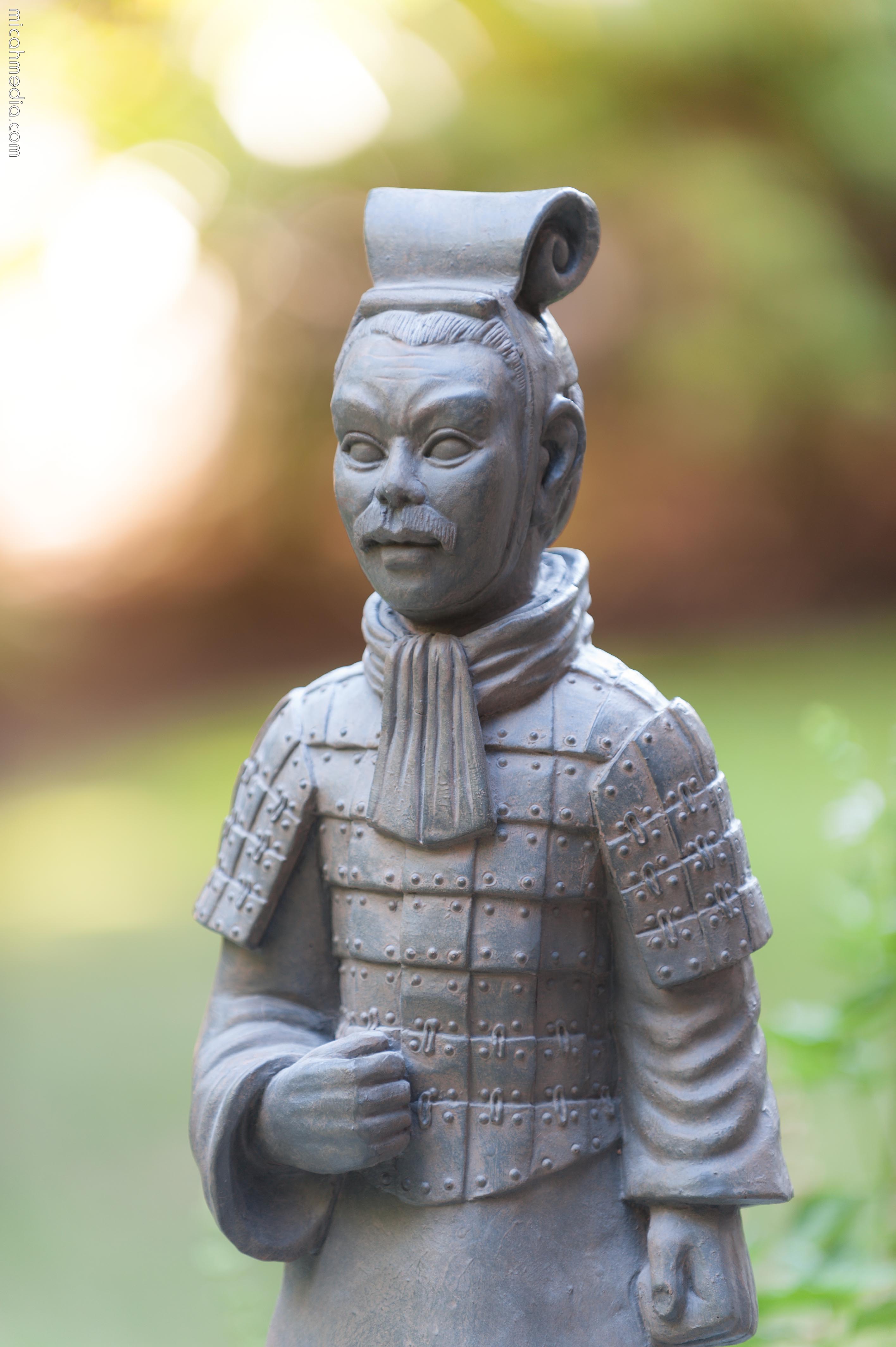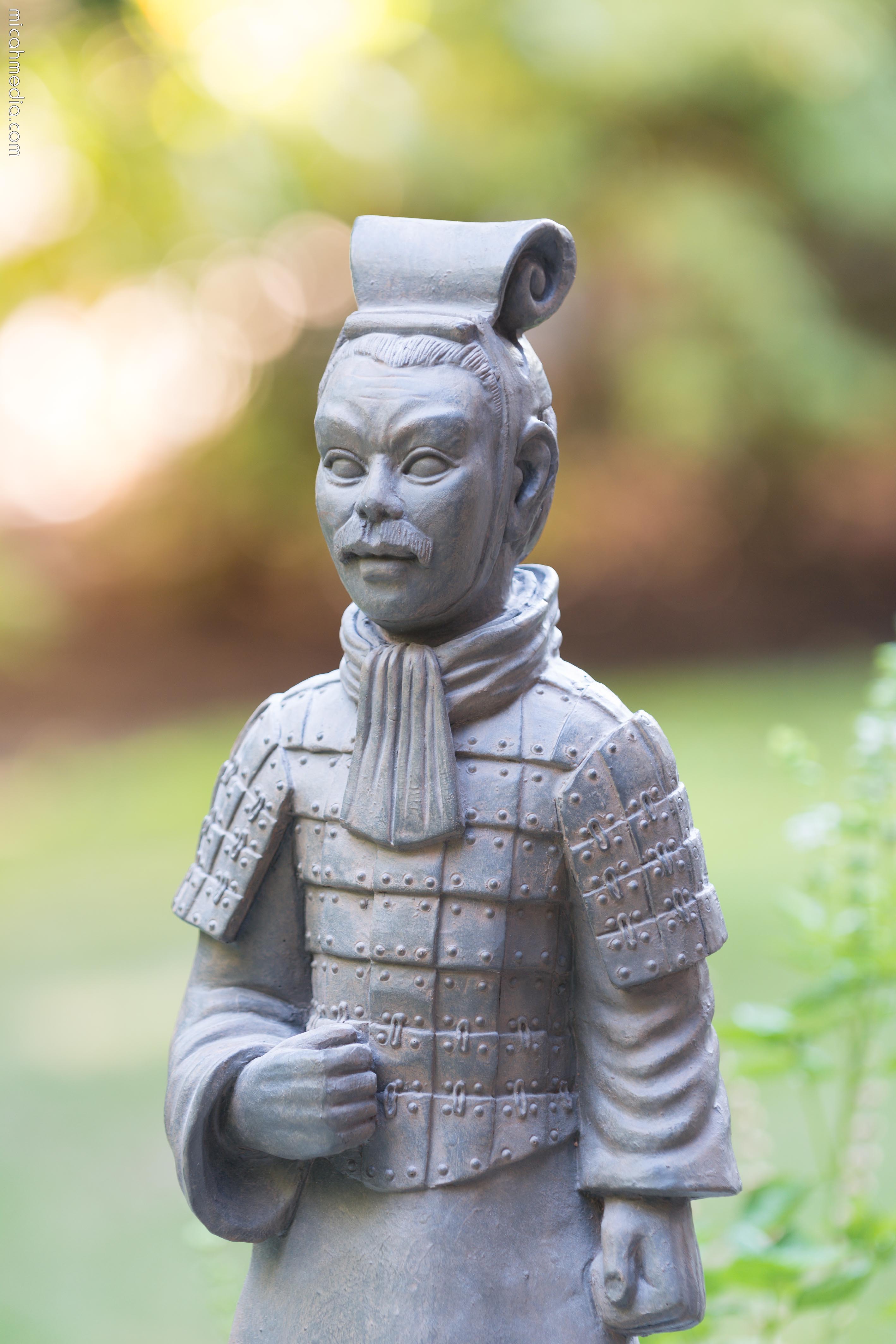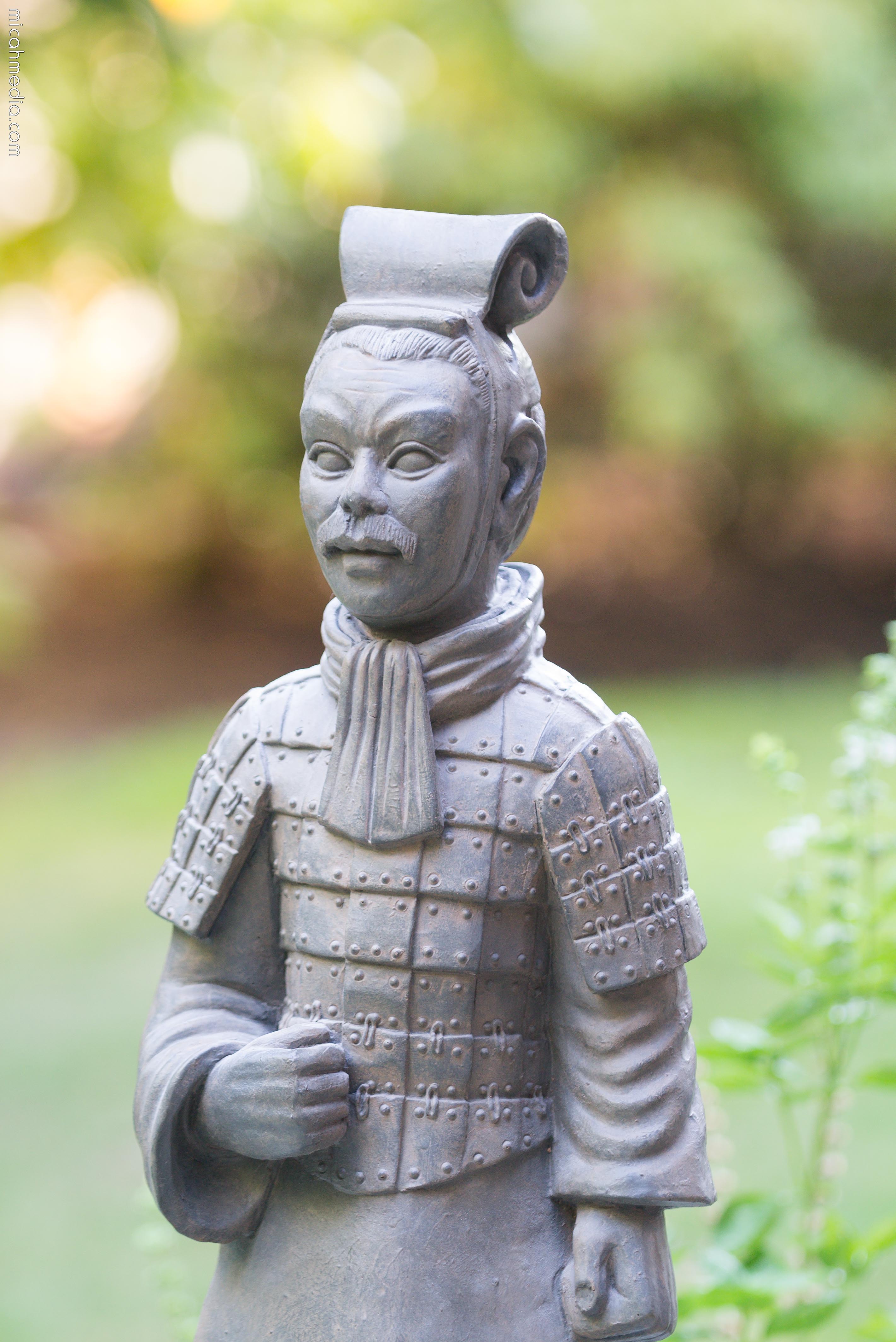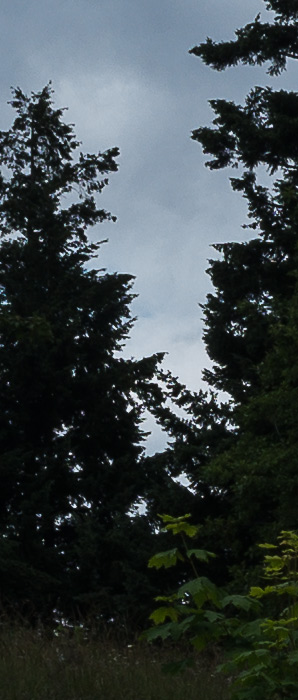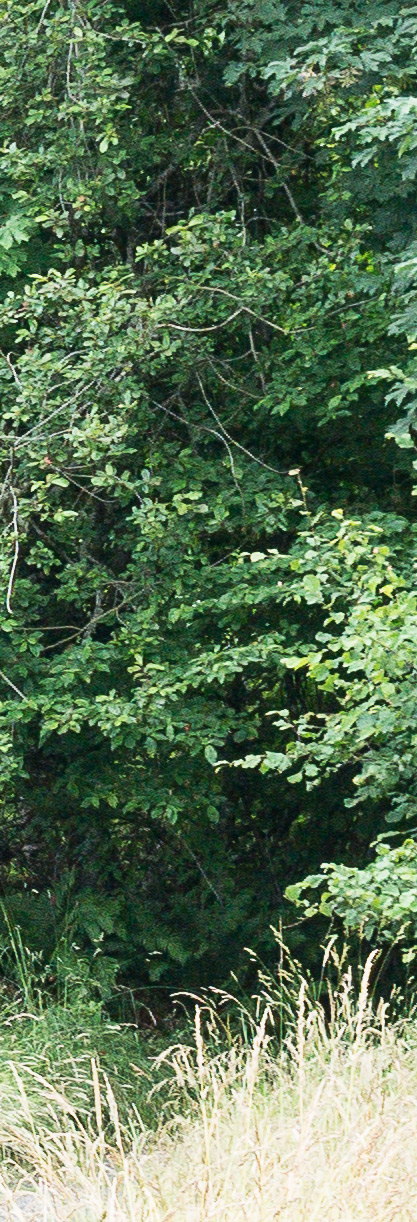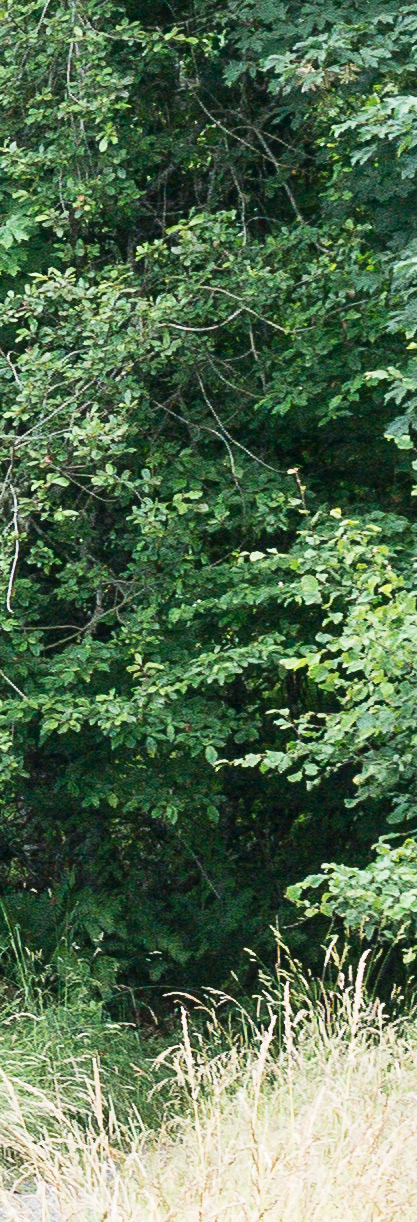There is a perpetual online discussion amongst measurbators about “equivalence”.
Equivalence is a very real phenomenon which can be predicted and measured. The idea is that when comparing cameras with different sensor sizes, smaller sensors tend to have greater depth of field at “equivalent” focal lengths.
Why “equivalent” focal lengths? Ok, it gets technical pretty quick, but rather than bore you with esoteric technobabble, lets just look at some images. (Photography is about making images, right?!) If you feel that the differences are drastic, then by all means read on. But if none of these images strike you as dramatically different from one another, just know that you can safely ignore anybody who ever mentions “equivalence” or “equivalent apertures”. Because they’re either trying to waste your time or sell you something. (hopefully I’ll have saved you from the clutches of some forum troll)
Here they are:
This is what the war is about. A mountain of a mole hill, idn’t it?
